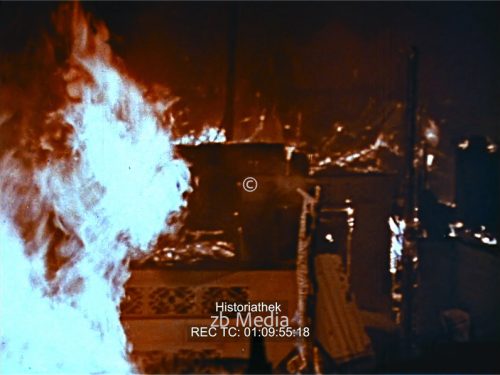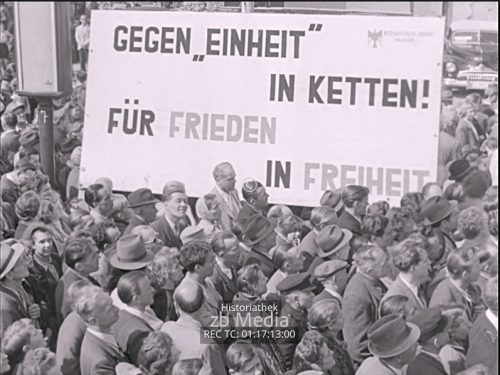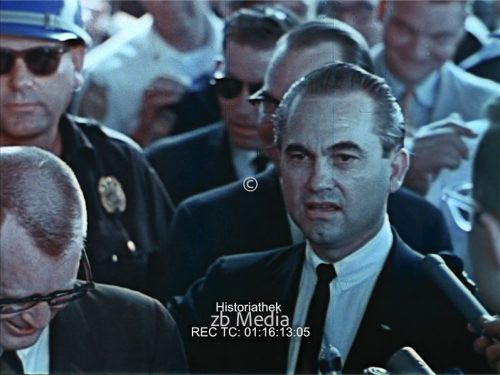Exhibition Degenerate Art Munich 1937. The National Socialists called an exhibition in Munich in 1937 “degenerate art”, where works by Nolde, Kirchner, Klee, Campendonk, Schmidt-Rotluff, Barlach and others were vilified. The works were removed from German museums and the artists were banned from publishing.
Rights can be purchased from the Historiathek. Film length 3:18. A licence fee of 6 x 30 seconds is charged to acquire a licence for the complete contribution.






